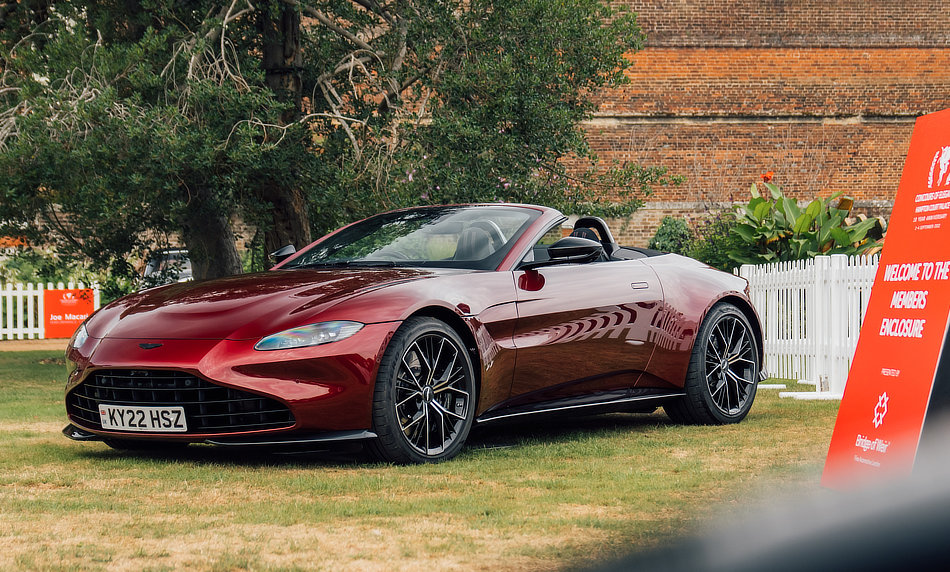When a company engages in a rights issue, it is neither a good nor a bad sign but it does signal the company is struggling. In this case, the company involved in a rights issue is Aston Martin. The term “rights issue” is investor jargon/bling for existing shareholders of a publicly listed company (Aston Martin) to enable the purchase of additional shares or securities at a reduced rate. The latter, in and of itself is a red flag signaling that Aston Martin is shifting from treading water to bathing in quicksand. The maker of luxury supercars already posted a loss in July and is starring down the barrel of over $1BN worth of debt.
Aston Martin’s current financial situation is so bad that the major financial institutions are keeping their bank vault doors firmly shut. The current situation has forced Aston Martin to raise finance privately, in this case internally through existing shareholders. The new round of funding will enable Aston Martin to lower its debt and invest in new models. Aston Martin really needs to sell more cars to make this new strategy work.
The company’s biggest annual sales record to date occurred in 2007 with 6,850 cars sold. It has yet to beat that sales figure, during the intervening period sales have fluctuated like a roller coaster. The arrival of the DBX boosted Aston Martin’s inventory and of the 6,182 vehicles sold in 2021, the DBX accounted for 3,001 units.
In contrast with Bentley, since Volkswagen’s acquisition of the luxury car brand in 1998, sales have increased from an average of 1,364 units per year to a record 14,659 units in 2021. Aston Martin is living in Bentley’s shadow and private equity is largely to blame. When Ford ended its ownership of Aston Martin in 2007 Ford moved on and private equity moved in.
The sales from 2007 onwards show a near decade of declining sales as shown below:
Aston Martin Sales Record 2003-2021
2021 sales: 6,182 units (including 3,001 DBX)
2020 sales: 3.394 cars
2019 sales: 5,862 cars
2018 sales: 6,441 cars
2017 sales: 5,098 cars
2016 sales: 3,687 cars
2015 sales: 3,615 cars
2014 sales: 3,661 cars
2013 sales: 4,200 cars (approx.)
2012 sales: 3,500 cars (approx.)
2011 sales: 4,200 cars (approx.)
2010 sales: 5,000 cars (approx.)
2009 sales: 3,875 cars
2008 sales: 5,800 cars
2007 sales: 6,850 cars
2006 sales: 6,500 cars
2005 sales: 4,400 cars
2004 sales: 2,400 cars
2003 sales: 1,514 cars
Sales rallied in 2018 before another blip, 2020 was the worst decline due to Covid-19. Clearly, the arrival of the DBX SUV has bolstered and rescued sales. However Aston Martin’s debt pile is holding it back, and the debt was accumulated by private equity which loaded Aston Martin with bank loans and the then so-called investors basically pocked the money for themselves.
While private equity’s grasp has faded Aston Martin’s latest shareholders include Saudi Arabia’s Sovereign Wealth Fund, Public Investment Fund, Mercedes Benz, and the World’s poorest billionaire Lawrence Stroll. All three will underwrite the $660M rights issue.
In July of this year, Geely Automotive offered to invest $1.3BN in order to take control of Aston Martin, but the offer was rejected. Nevertheless, the company’s current fundamentals remain unstable with or without the fresh round of funding.








